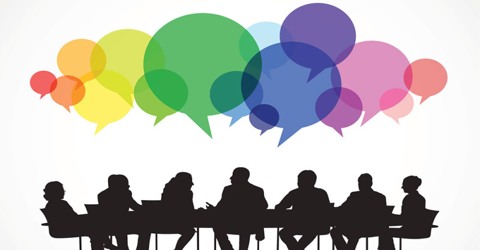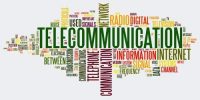Disadvantages / Limitations of Face-to-face Conversation
Conversation means informal discussion among the people. Face-to-face conversation is one of the most popular and effective means of oral communication. In today’s society, face-to-face conversations have become less common due to technology such as email, texting and cell phones.
A lot of merits can be enjoyed in communicating through it. Still, it is not free from limitations. Some of its disadvantages/limitations are discussed below:
- Unsuitable for a large-scale organization
Face-to-face communication is exceptionally hard to practice in large-sized organizations, mainly if their different units or departments are situated at dissimilar places. Face to face communication is unsuitable for large organizations as they have branch offices located at dissimilar places and even in diverse countries. It is troublesome to communicate through face-to-face conversation in large scale organizations. The problem becomes more acute when the organization is scattered around the world.
- Unsuitable for use in large gathering
Face-to-face conversation is not effective in communicating with large audiences. It is very hard to get a message across to huge gatherings. Even though the narrator is addressing them face-to-face, the essential personal touch is missing. In the deficiency of reasonable feedback, his speech lapse into a monologue. Face to face communication is not probable to establish a proper rapport with a large group, through face to face communication.
- Unsuitable to communicate with distant people
When the sender and receiver are distantly located, communication between them through face-to-face conversation is impossible. This communication may not be suitable for people who are nervous or poor communicators. In face to face, the communicator can speak at the rate of 100 to 200 words per minute, while the listener’s brain can process about 600 to 700 words per minute. The result is that the listener’s mind wanders and he does not grasp all the message of the speaker.
- Ineffective when the listener is inattentive
Face-to-face conversation requires attentive listening. If the receiver remains inattentive during the conversation, the communication becomes ineffective. A limitation which the face-to-face communication shares with oral communication are that its efficiency is strongly linked with the listener’s attentiveness. Since human beings can listen to grasp the message sooner than the speed at which they are delivered, they will simply get delivered thus making communication unproductive.
- The problem of preservation
Face-to-face conservation is a type of oral communication. If the message exchanged through face-to-face conversation is not recorded in CD or cassette, it cannot be preserved. Therefore, the message of this communication suffers from the legal validity of acceptance.
- A possibility of denial
If the messages exchanged through face-to-face conversation are not recorded in CD or cassette, any party or both the parties of communication can deny the communication at his or her own interest in the future. Between mobile phones and the emergency-of-the-hour, there’s often something that will interrupt the face-to-face conversation before we complete.
- Not accountable
Face to face communication is difficult to hold someone accountable or liable for something spoken face to face.
- Low legal and a reference value
Face to face communication is oral; no written records are kept so it cannot be quoted in the court of law.
- Misinterpreted body language
Some people compare face-to-face communication to a broadband network connection while other forms of communication are something like 300 baud (extremely slow) phone modem. The idea is that you receive more information per unit time when communicating face-to-face.















